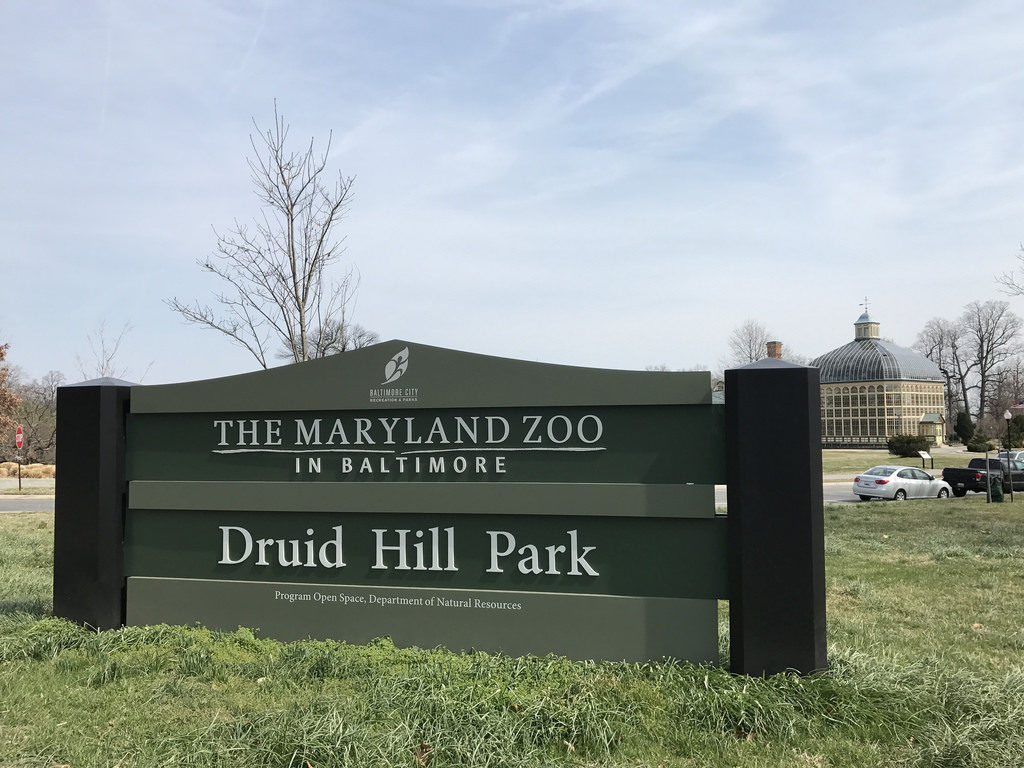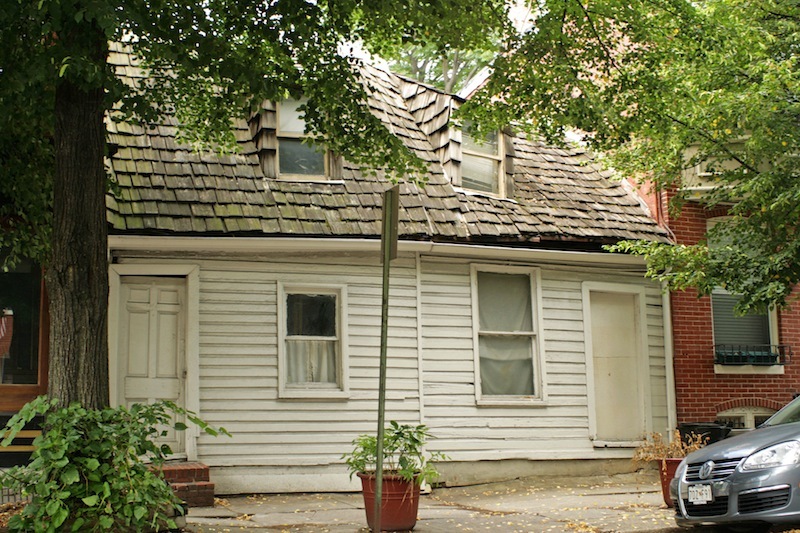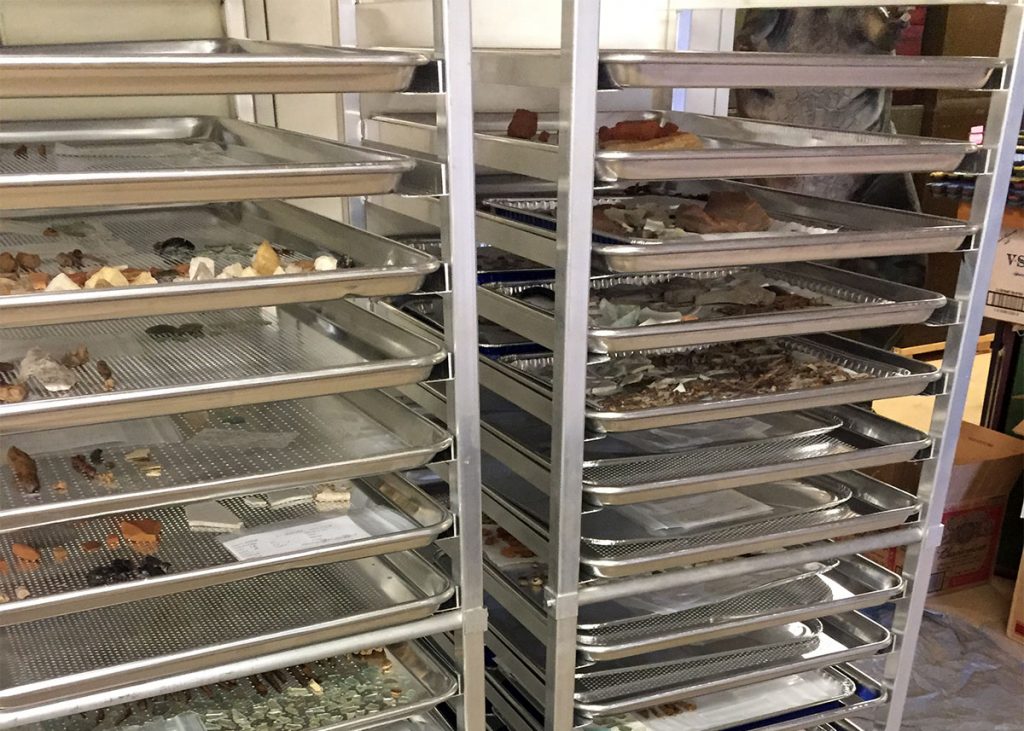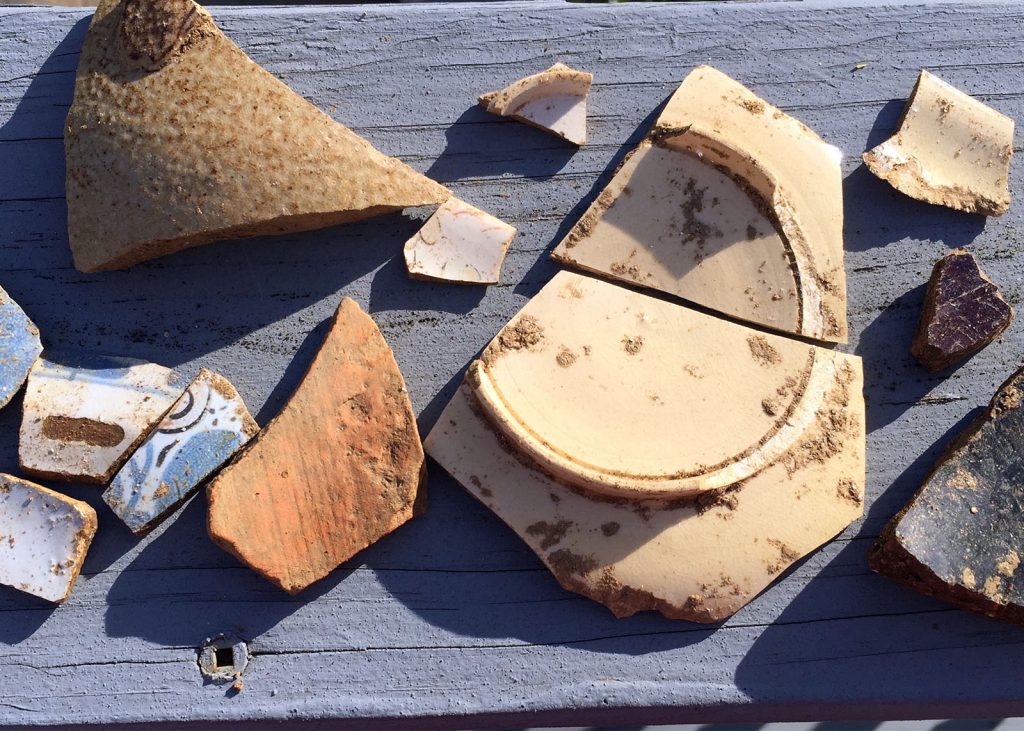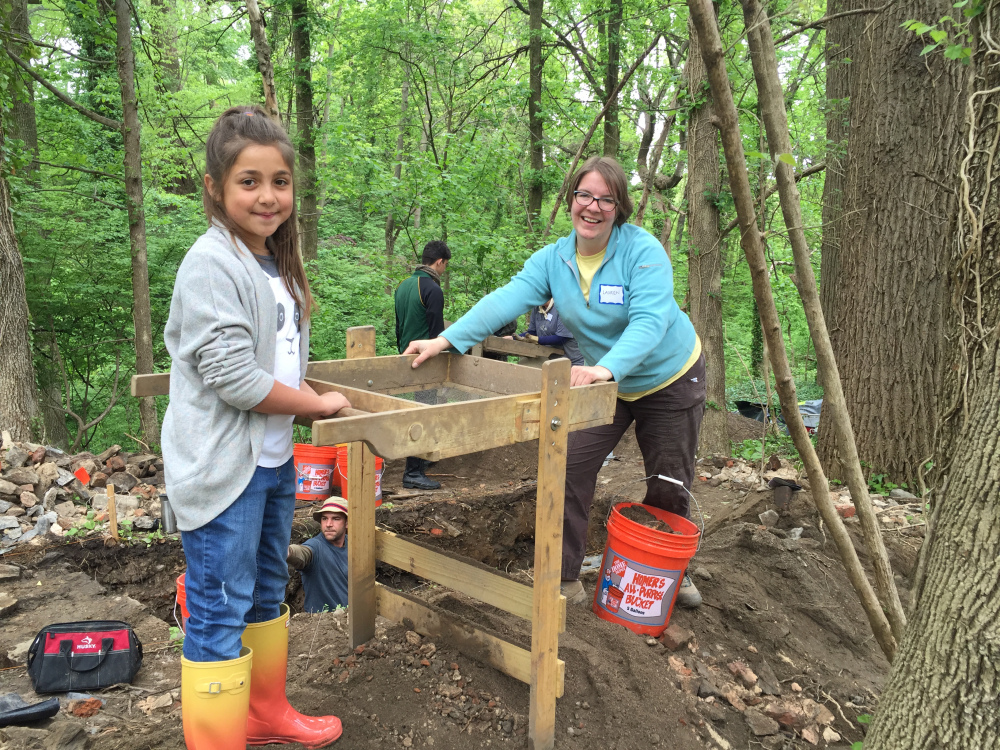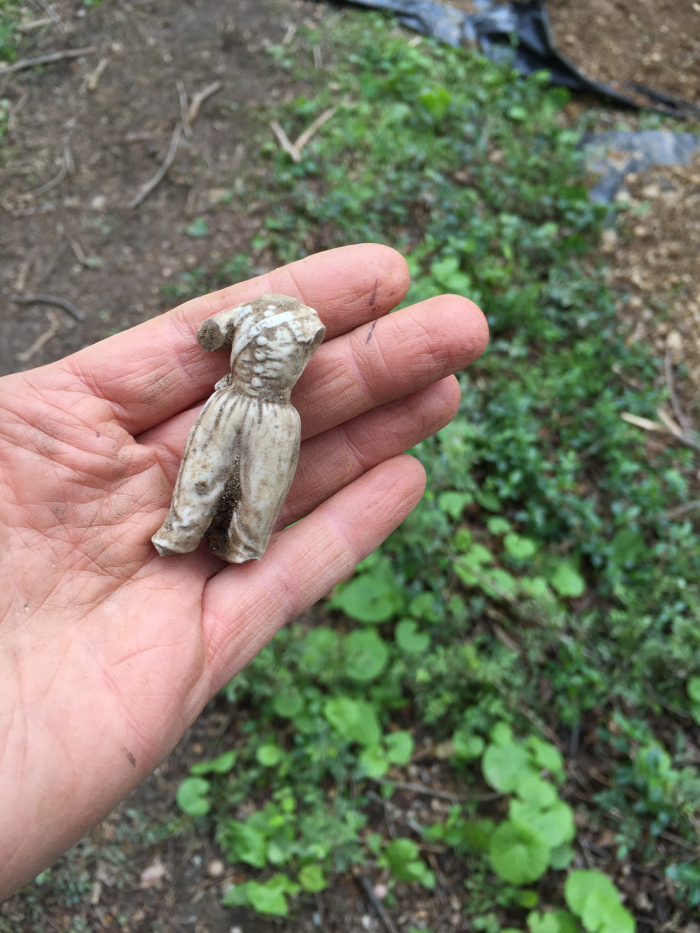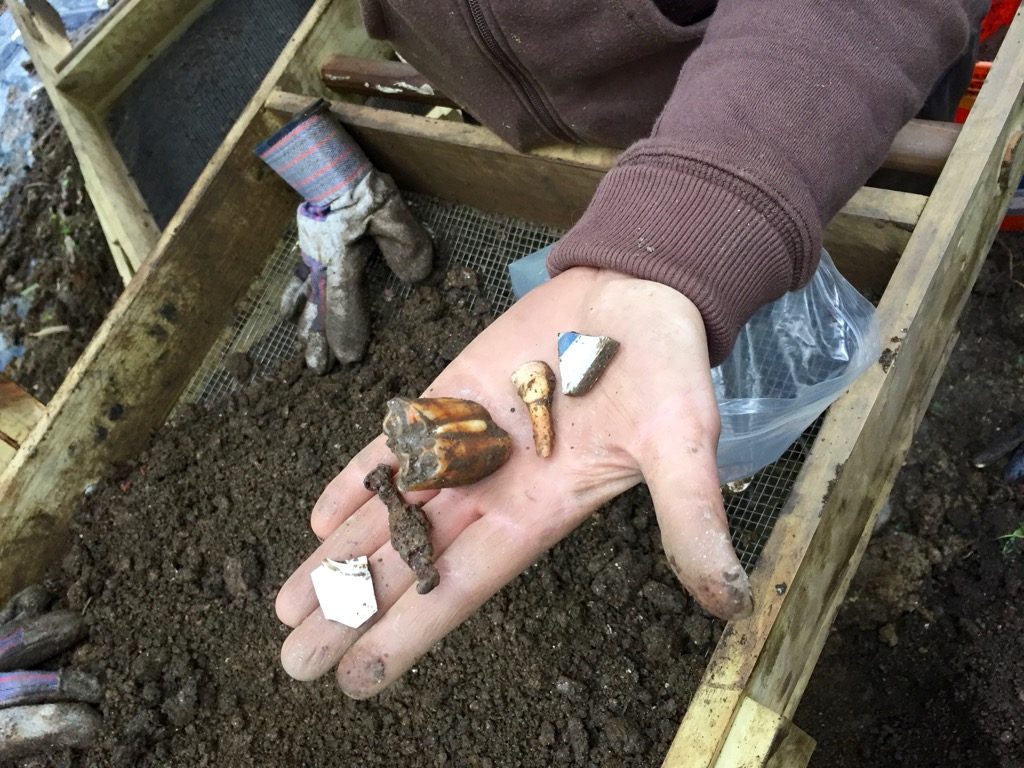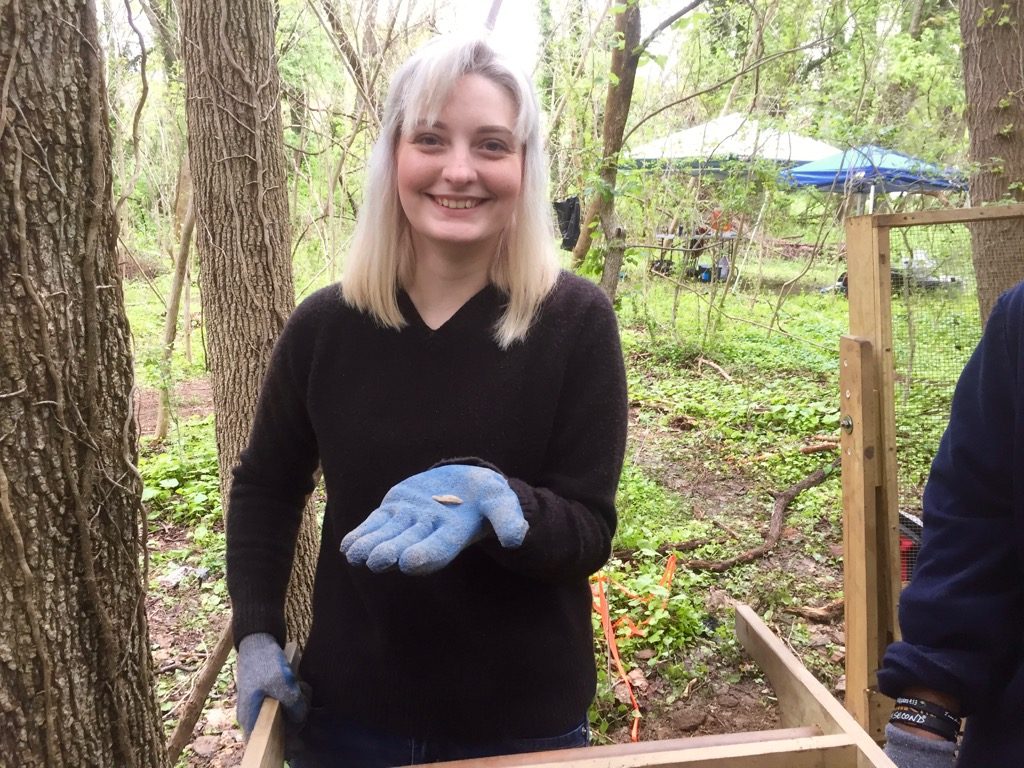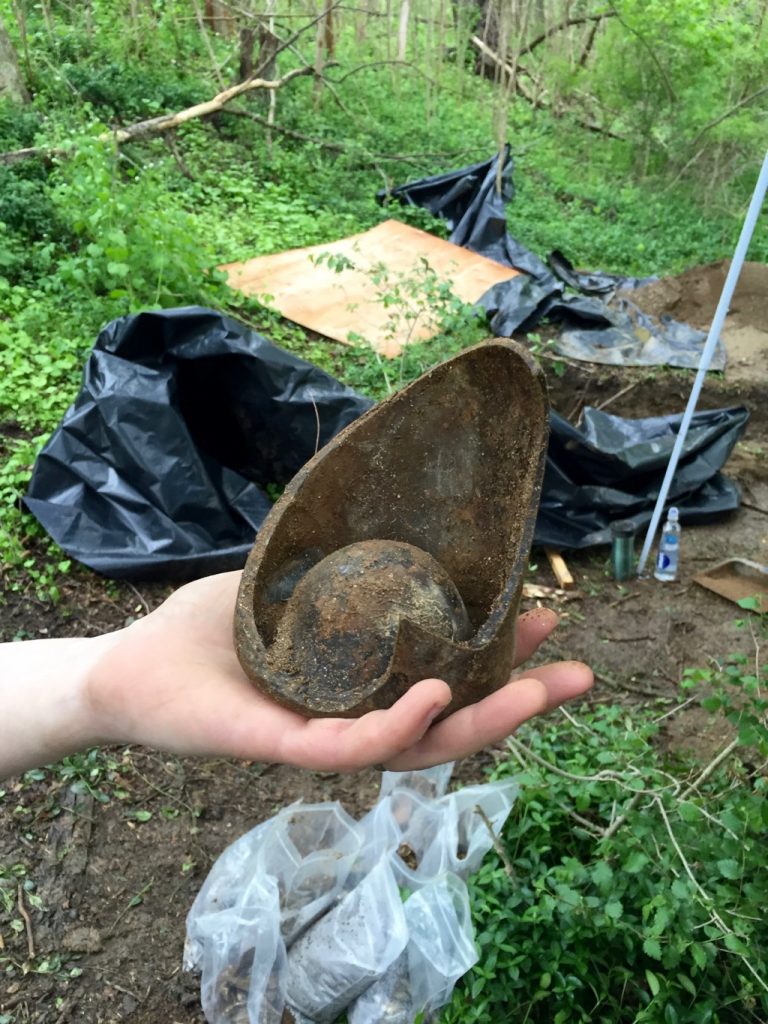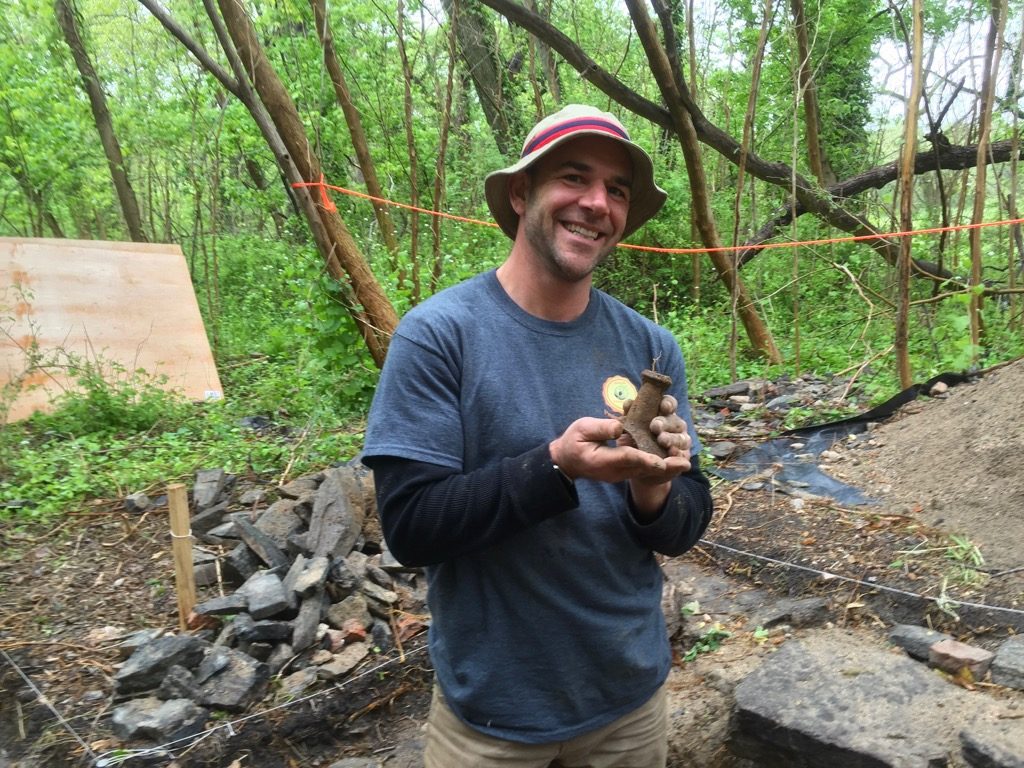We have more fun tours to share today but also some unfortunate news. Earlier this week, a surprise demolition took down two 1840s stone houses in the Woodberry neighborhood near Clipper Mill. The loss is particularly upsetting because it follows repeated assurances that the houses would be retained and incorporated into a new apartment building. Read our post on this issue to learn more about what we can do to ensure Baltimore’s historic places are valued and retained.
Now, if you’ve been in Baltimore for any amount of time, we hoped you’ve visited Druid Hill Park at least once or twice. This spring, we’re hoping you’ll spend a little time getting to know the park even better. On Saturday, June 8, we want you to take a ride on Druid Hill Park’s quiet back streets and paths to explore all the hidden nooks and crannies with Ralph Brown and Graham Coreil-Allen as your guides. Then, on the evening of Wednesday, June 12, we’re back at Druid Hill Park for a tour of the Howard P. Rawlings Conservatory. Modeled after London’s famed Kew Gardens, we’ll learn about the past and present operation of this botanical oasis.
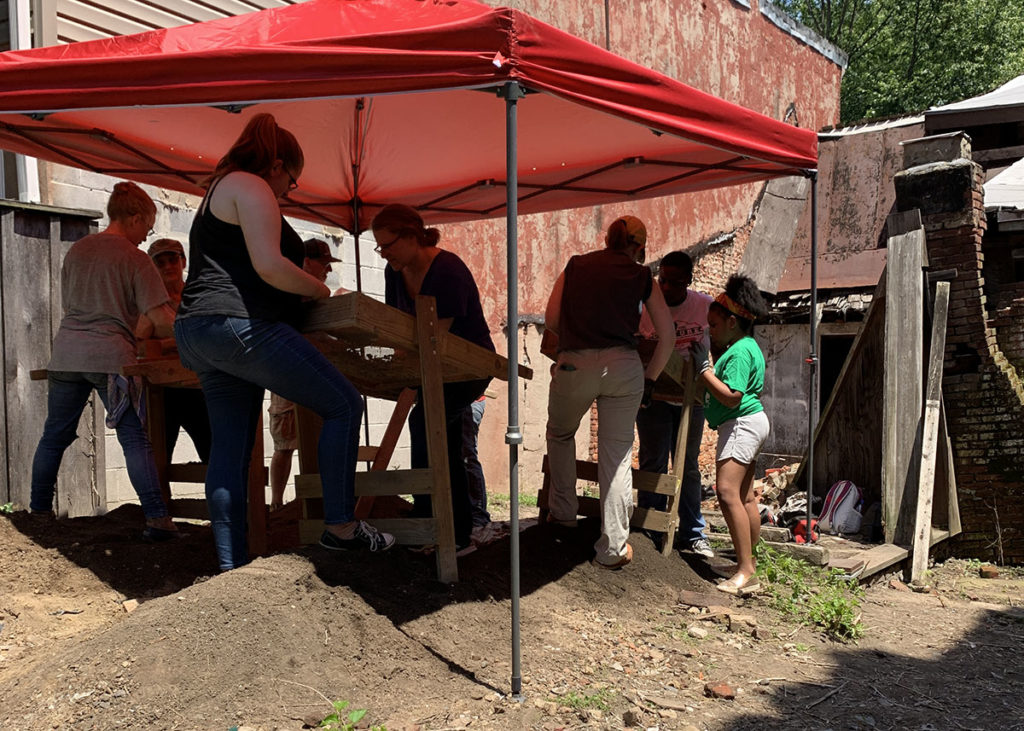
We’re also excited to share an invitation from local archaeologists Lisa Kraus and Jason Shellenhamer. Instead of the usual spring field season in Herring Run Park, you can find them in Fell’s Point next weekend, Saturday, June 1 and Sunday, June 2, for a free public archaeology open house at the Caulker’s Houses on South Wolfe Street. We expect this archaeological investigation to turn up all kinds of stories and artifacts including connections to the 1840s and 1850s when the two wooden houses were home to a number of African American ship caulkers. Check out an update on what the dig has found so far over on the Herring Run Archaeology project website. It is a bit of an understatement to say that the houses are not universally accessible (no floors and barely-there stairs!) but, if you can’t go in, you can still see artifacts displayed on a table set up on the sidewalk.
Finally, you definitely don’t want to miss our 2019 Historic Preservation Awards Celebration on Thursday June 13! We’ll be celebrating the best work of the year at the former Hoen & Co. Lithograph Company building. In addition to helping us congratulate the award winners, you’ll get up close and inside and this former industrial building and see its transformation into new offices and training spaces.

